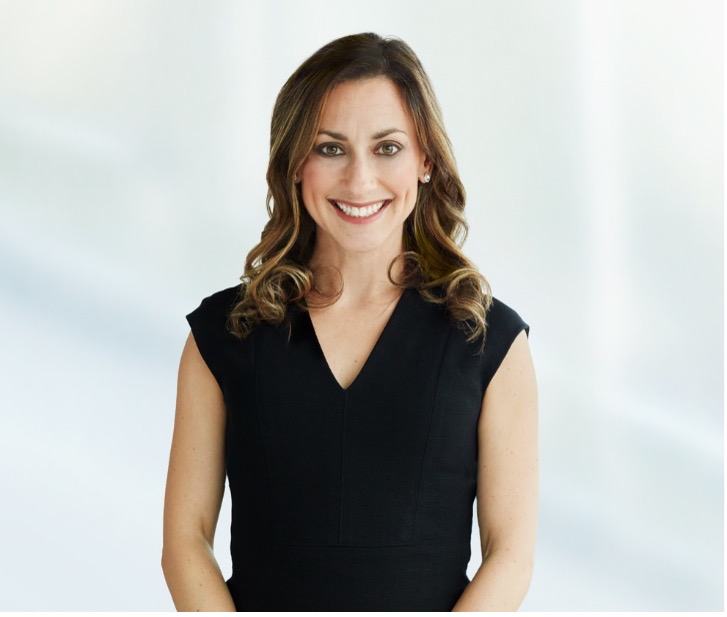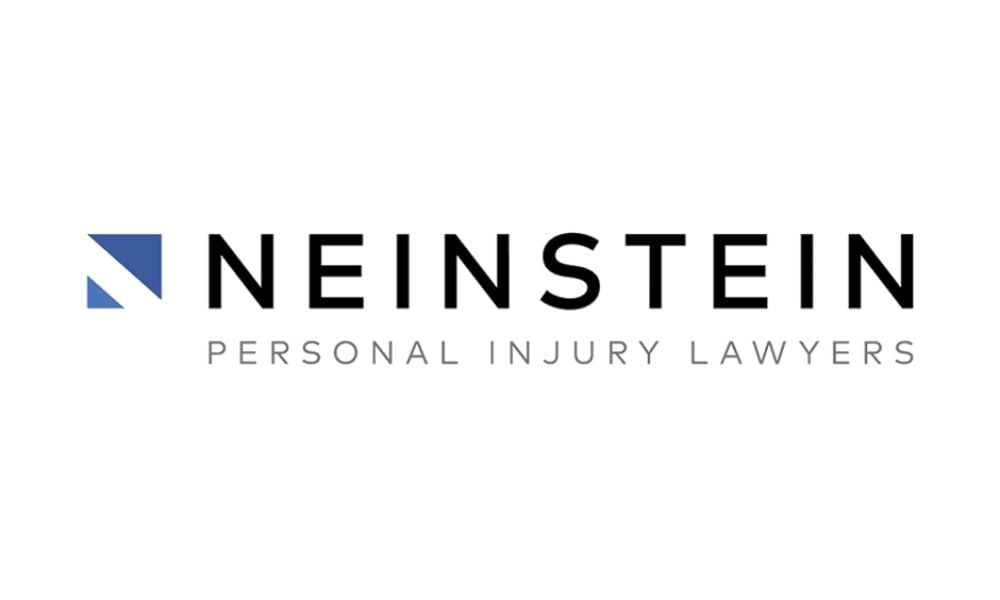In the six years before I became a mother in May of 2021, my practice was heavily focused on prosecuting cases of obstetrical negligence. I would like to think I approached each case with competence and with respect. Part of that was understanding the complex and emotional depth involved. An injured child, a family changed forever; what is there not to understand? Yet my focus remained on the things that lawyers like me are hired to focus on: experts, causation, evidence. Law.
And then, I had a baby. I am not the only medical malpractice lawyer who has taken a pause from advocating for patients to become an obstetrical patient. In our small and tightknit bar, we often discuss how jarring this experience can be. We know “too much.” We have seen a lot go wrong. And yet, there we are, entrusting our care to the very professionals whose colleagues we have once sat across the table from conducting examinations for discovery.
I pause here to reflect first on my privilege. I was lucky — so very lucky — to have experienced a straightforward, event-free birth. My baby was healthy. Unlike so many of my clients, English is my first language. I had a voice, and I knew how to use it. Unlike so many of my clients, I was empowered with knowledge about the system. While the inherent power differential between me and “the system” was always present, so, too, was the fact that I had the tools to mitigate against it when it was needed.
Plaintiff-side obstetrical negligence is focused, for good reason, on the injury and the needs of the child. One of my immediate thoughts after becoming a parent was that I had vastly underestimated and even undervalued the experiences of the parents of those children. I have previously written and spoken about the need to recognize, separate and apart from a claim for general damages, the claim for medical trauma. There is no area of medical negligence that better represents this need than obstetrical negligence.
Becoming a parent is an inherent act of hope. Where there are facts supporting obstetrical negligence, there is a parent for whom that hope has been shattered. The trauma that follows is devastating, layered, and often invisible. The reports from my clients about their constant fear watching their children suffer — whether from a difficult G-tube feeding or from witnessing a seizure episode — certainly goes far beyond “ordinary annoyances, anxieties, and fears,” which the Supreme Court of Canada in Saadati has stated are not compensable. And yet, the current approach to the law is, at best, conservative in recognizing such experiences — and at worst, unresponsive.
In 2023, the Ontario Court of Appeal in Bothwell v. London Health Sciences Centre dismissed the claim for psychological damages of a paramedic who had suffered a medication error while recovering in the post-anesthesia care unit. The court wrote that the trial judge, who had awarded damages at trial, failed to consider the degree of disturbance the plaintiff had experienced from his psychological upset; the minimal impact on his cognitive functions and participation in daily activities; and the absence of evidence that the plaintiff had sought treatment for his feelings. The decision has since been reported as having “confirmed’ the “Saadati factors” for determining compensable mental injury.
Respectfully, I argue that Saadati did not provide an exhaustive or comprehensive list of factors to determine the presence of mental injury. In that case, the SCC restored a trial decision that awarded non-pecuniary damages for mental injury suffered by a victim of a motor vehicle accident. The main issue on appeal to the SCC was whether a formal diagnosis is required to award damages for mental injury in negligence cases. The court found that no such formality is required, reiterating that liability for mental injury will be confined to claims that satisfy the proximity analysis within the duty of care framework and the remoteness inquiry. On this approach, it is difficult to see how the traumatic experiences of parents would not be uniquely and separately compensable in almost every obstetrical negligence case.
Becoming a parent changed the way I think about my clients; not just their legal case, but their pain, their fear, their grief, and their resilience. It deepened my understanding of what is lost when an obstetrical injury occurs.
The point of this article is not to suggest that we need a new legal framework for recognition of these claims. To the contrary, I have separately argued that Laferriere v. Lawson gives us a pathway to make claims for specific damages related to inherent medical trauma.Put that together with the court’s guidance in Saadati, I suggest simply that we take a closer look at how to approach the parental experience of our clients in obstetrical negligence cases. The law already gives us the tools to account for this trauma; what is missing is our consistency in using them to give voice to the lived realities of our clients.
***

Sonia Leith is a partner at Neinstein Personal Injury Lawyers. Her practice primarily focuses on motor vehicle accidents, accident benefit claims, long-term disability disputes, and occupier's liability cases. Sonia is known as a passionate and skilled litigator.
Sonia has been voted by her peers as a leading expert in her field by the Canadian Lexpert Directory® and has been named one of Canada's Best Lawyers® in 2024.Before articling with the firm, Kennedy earned a dual degree in Accounting and Theatre and Performing Arts from Thompson Rivers University.
Sonia is frequently asked to speak at seminars and conferences, and served as co-Chair of the Women's Law Summit. She has lectured at Western Law on civil litigation and insurance law.





